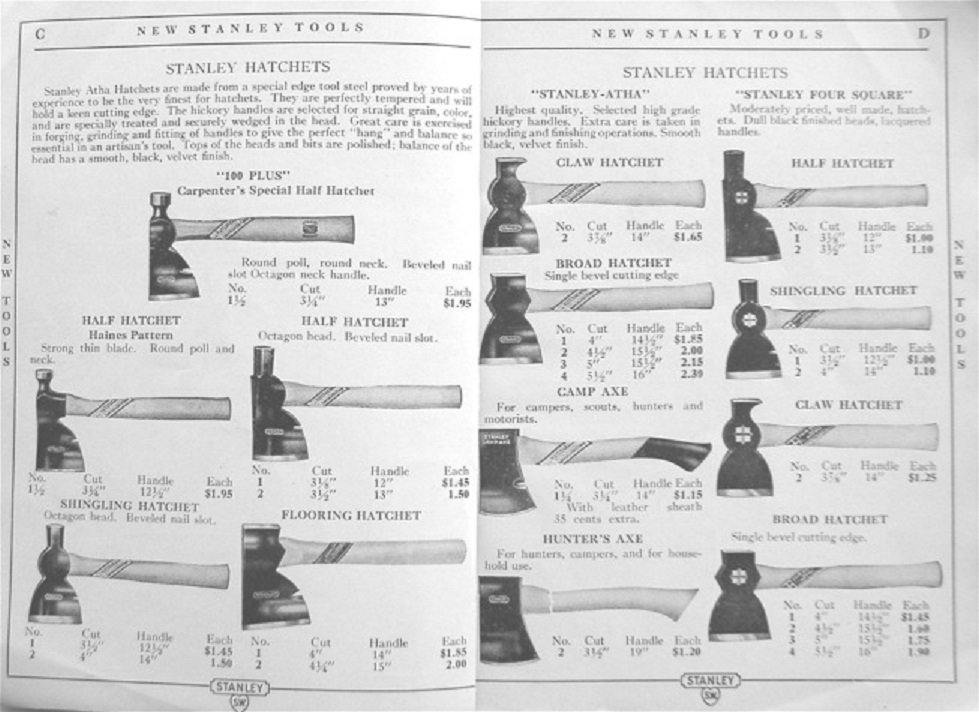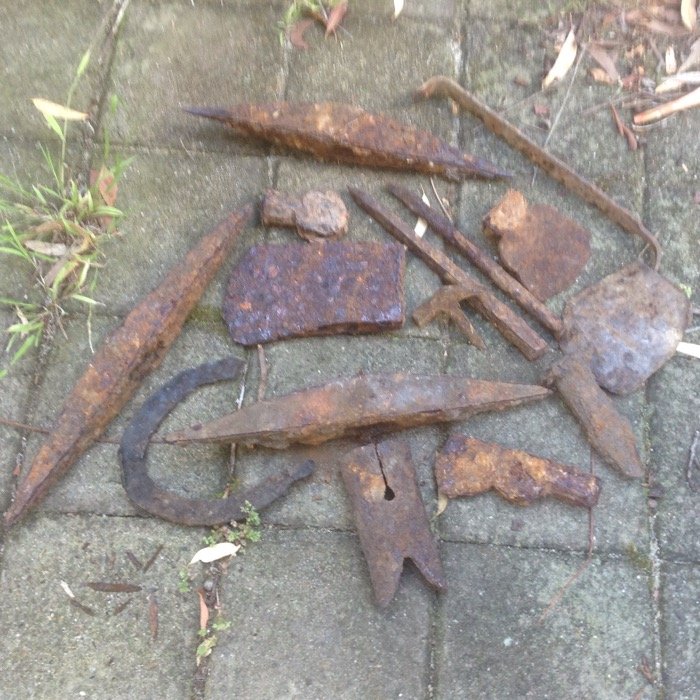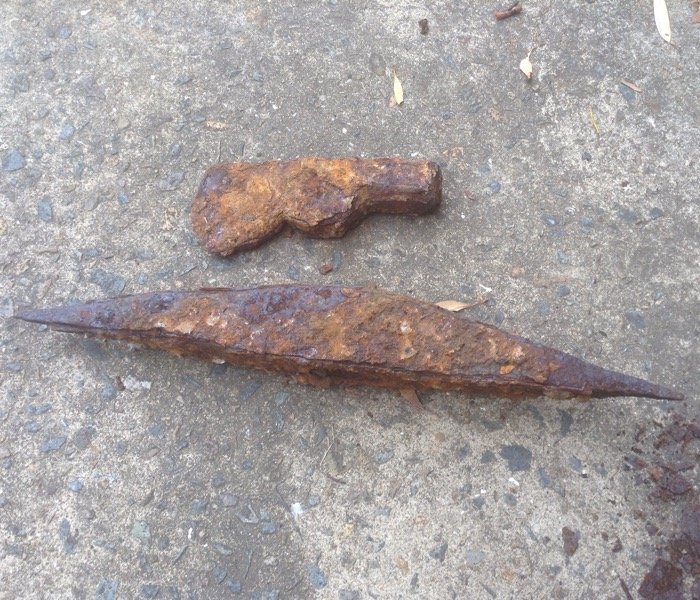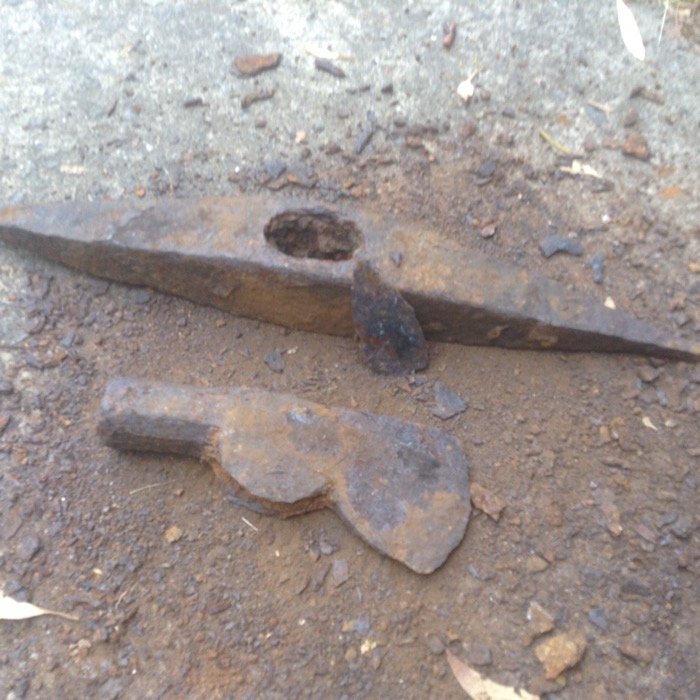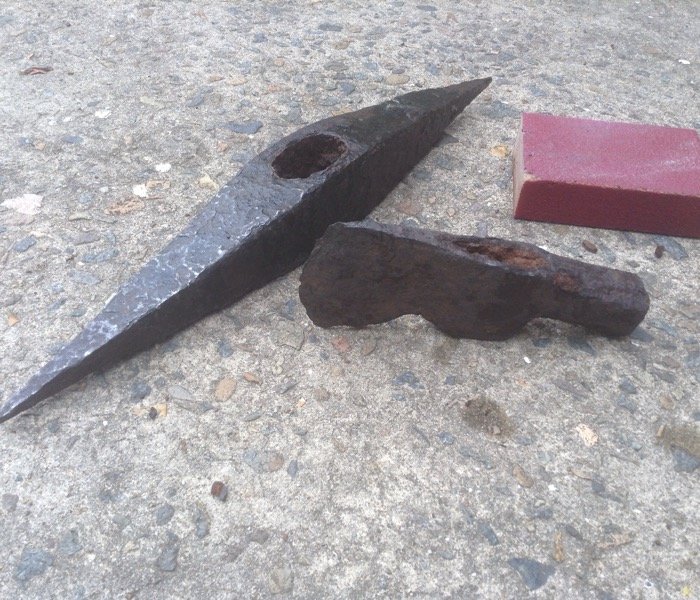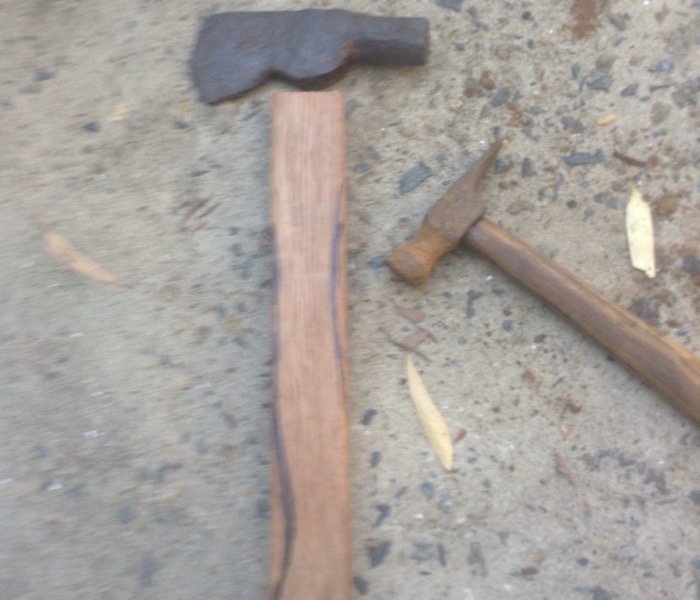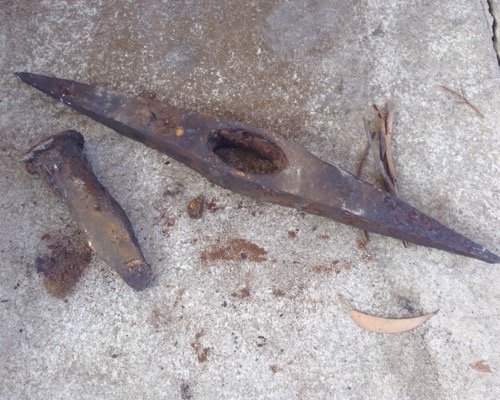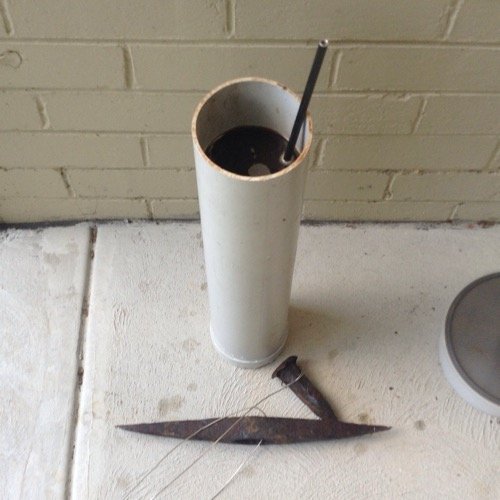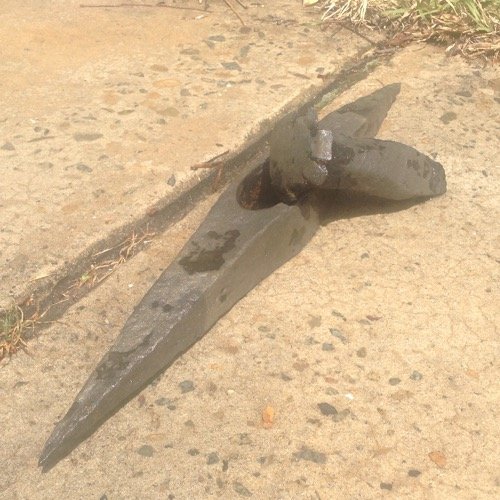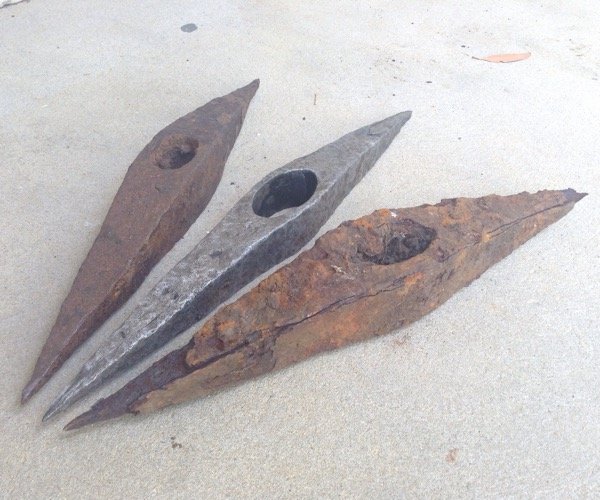Ever detected or found an old axe or pick head out in the bush, and wondered if it could be restored?
Here is an interesting video of the lengthy process involved with one particular restoration of an axe head that looked very far gone to me.
[video=480,360]https://www.youtube.com/watch?v=6EfVW3Ng-so[/video]
Here is an interesting video of the lengthy process involved with one particular restoration of an axe head that looked very far gone to me.
[video=480,360]https://www.youtube.com/watch?v=6EfVW3Ng-so[/video]




